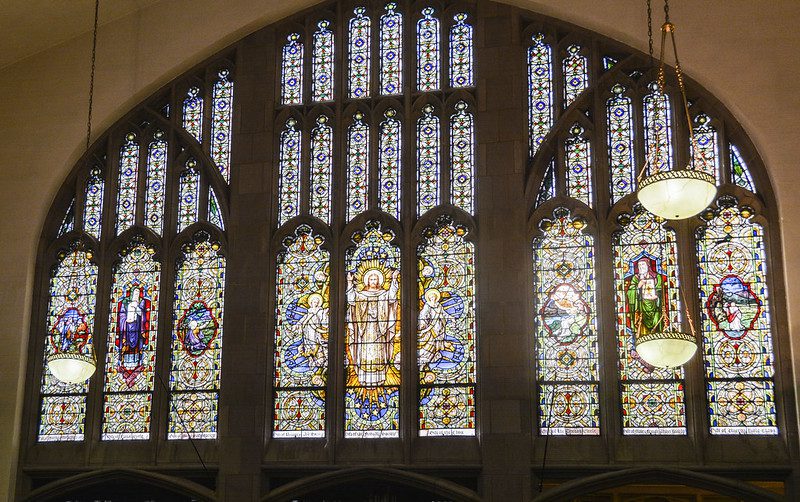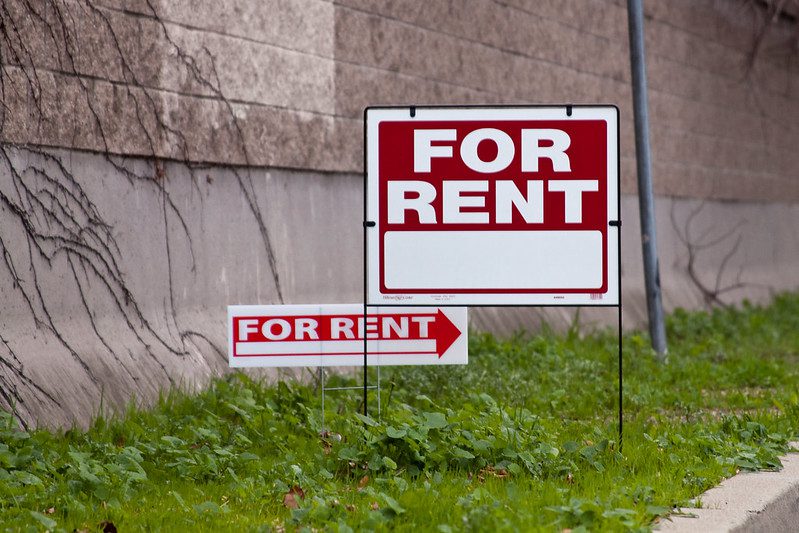Earlier this month Shelterforce posted a conversation about gentrification that posed many different questions about the term and its role in community development.
One of the toughest issues for people working on neighborhood revitalization, it was discussed, is knowing when to bring concerns of gentrification into the community development process.
Alan Mallach said one of the things that CDCs could improve on is knowing the “early warning signs” of a neighborhood on the verge of going from mixed income to harmful displacement of low-income residents.
Rick Jacobus quipped: “It’s not enough just to have art galleries as that early warning sign?”
Mallach shot back: “I don’t know. I think you’d have to look at what type of art they’re selling.”
I thought of this exchange as I read a piece by New York art critic Ben Davis in Slate on famed graffiti artist Banksy, who has taken up residency in New York.
His art sells for thousands, yet Mayor Bloomberg has been quoted saying the city's streets and buildings are not the right place for it.
Davis comments: “What strikes me about the mayor’s remarks is that he is stuck in a ’70s narrative about graffiti. The new narrative of street art isn’t that it is a sign of impending urban apocalypse; it is that it’s worth lots and lots of money. Heck, in places like Miami, developers deliberately woo street art stars to boost neighborhood cachet. And Banksy is the biggest star of all.”
He's right. We've run many pieces on Rooflines about the power of using art to bring communities into the public planning process, and as one of the first steps in bringing pride back to a blighted neighborhood.
When conversations about gentrification take place, neighborhoods like the Lower East Side and Williamsburg are always mentioned as examples of what we don't want to happen during improvement efforts.
Davis says that Bloomberg's demonization of Banksy speaks volumes about the growing inequality in New York. Graffiti landmarks in some parts of the city, he points out, are being turned into condos.
And contrary to what the title of this post suggests, I don't actually think Banksy's art will do much to reverse the trend of astronomical rents in NYC, but Bloomberg's resistance brings up the point about who and how the city is being planned and designed for. As Davis says: “Left unchecked, Banksy’s antics might inspire untold numbers of New Yorkers to engage in droll outbursts of public art, with who knows what consequences!”
Another interesting piece in the developing attention to Banksy is that men in Brooklyn were found to be charging to see one of his creations by blocking the graffiti with a piece of cardboard. The New York Post calls the men “jerks” while Gawker says they have “have elevated the original work, turning it into a performance piece about the commodification and hipster-fication of people's homes.”
I get Bloomberg's remarks on the legality of Banksy's work. Street art, to be useful and meaningful, should be commissioned and collaborative. But Davis pointing to Bloomberg's views on Banksy as telling of his desire to sell New York as a “luxury city” makes guerilla graffiti, and the commentary surrounding it, seem all the more refreshing.
(Photo by Vincent Desjardins CC BY)

Neighborhood Change
Can Banksy Make New York City Affordable Again?
Earlier this month Shelterforce posted a conversation about gentrification that posed many different questions about the term and its role in community development. One of the toughest issues for people working […]





Comments